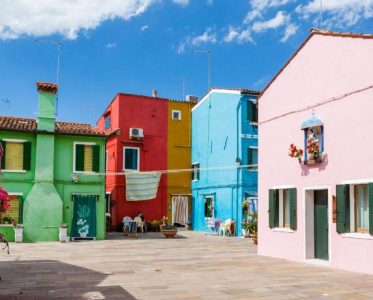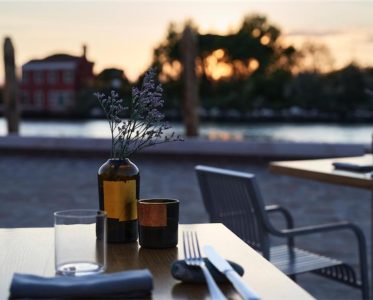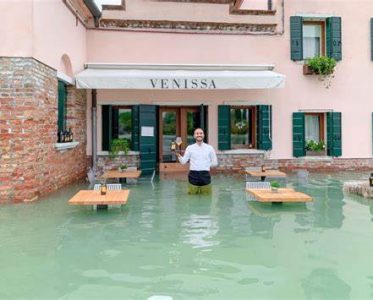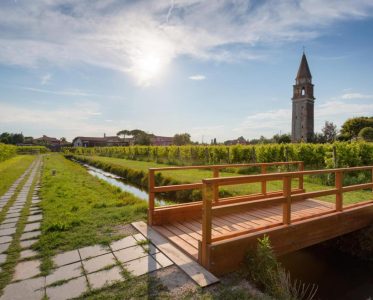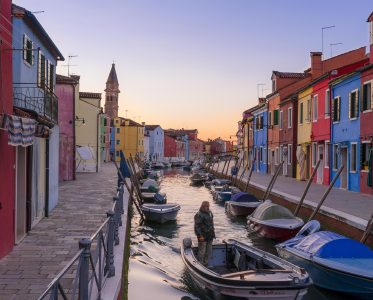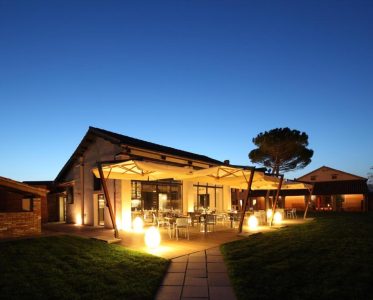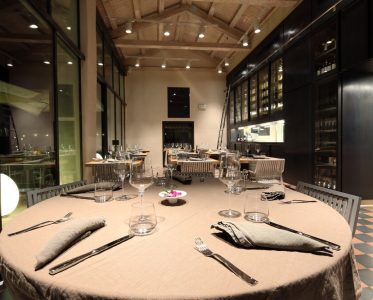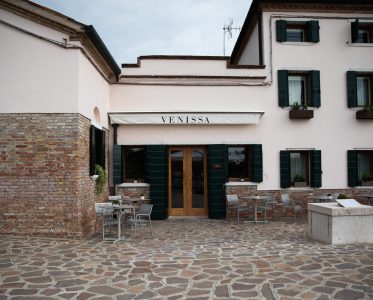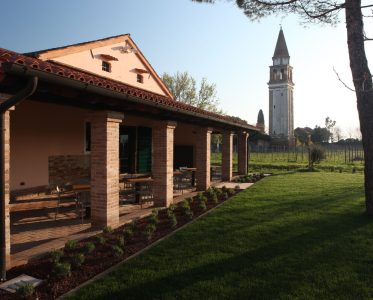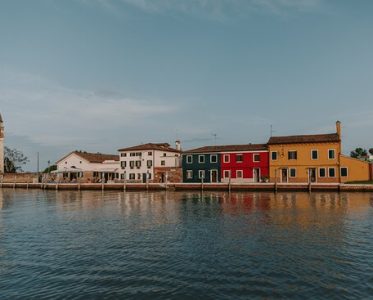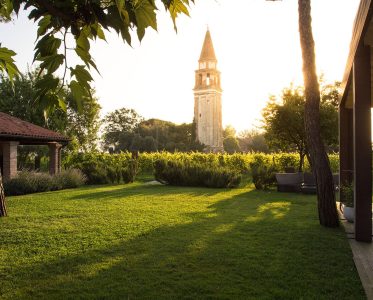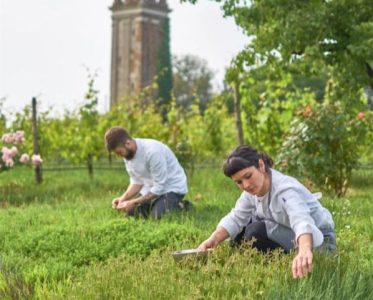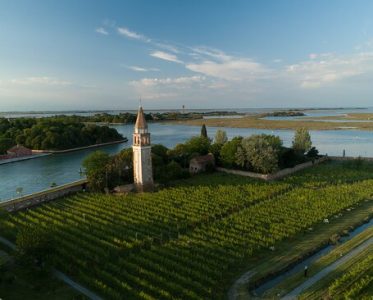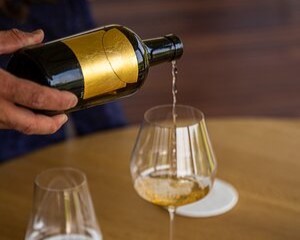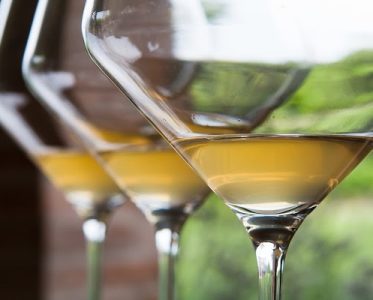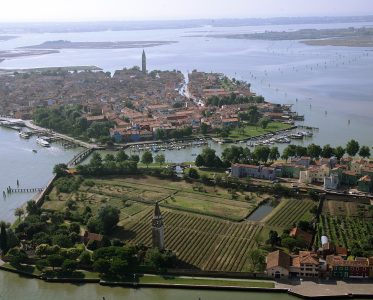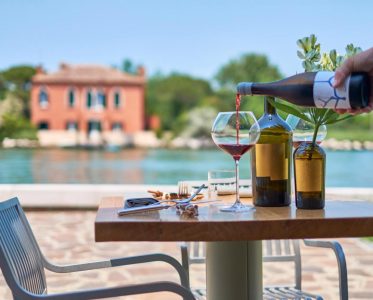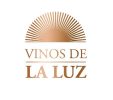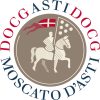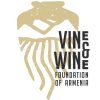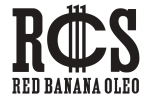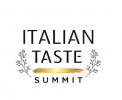The Venissa Estate #187
Native Venice
The Venissa Estate is set on Mazzorbo Island, which, alongside Burano and Torcello, constitutes the archipelago of nature, colors, flavors, and art known as Native Venice. Venissa is the perfect example of a “walled vineyard”, whose estate was restored by the Bisol family of winemaking fame, and within which grows the Dorona – a native variety from the lagoon which became nearly extinct following the great flood of 1966.
Story that goes back more than 2000 years
Venissa’s story began by chance and resulted in an incredible discovery: some of the very last grapevines in Venice, the final trace of a winegrowing culture that was destroyed by the flood of 1966. It is a winemaking story that goes back more than 2000 years to 1100, when vineyards could be found in Piazza San Marco but whose ultimate destiny was to be cut down to make space for the great Venetian palazzos that the world admires today. There were many islands in the Venetian Lagoon where wine was produced until fifty years ago, especially on the islands of Mazzorbo, Burano, and Torcello, otherwise known as Native Venice.
Lost to history. Found for history
“While accompanying some customers on a trip to Torcello, I noticed an old grapevine in a private garden near the Cathedral of Santa Maria Assunta. I persuaded the owner to send me some of the grapes as soon as they were ready. The crates arrived full of thick-skinned grapes with a brilliant golden color. It was the famous Dorona, the golden grape loved by the Venetians, served during the Doges’s banquets, and then lost to history.” — Gianluca Bisol. Gianluca Bisol discovered 88 vine plants in 2002 in the gardens and remaining vineyards of Venice. The Dorona di Venezia is a native white-skinned variety that adapted well to the high waters and the particular conditions of this unique terroir.
After the first microvinifcations were carried out, Gianluca Bisol and his colleagues decided to replant the variety, which, in the lagoon, produces a nectar that cannot be found anywhere else in the world. The ideal location turned out to be Mazzorbo and specifically the Scarpa Volo estate – a walled vineyard and winery for centuries until the great flood of 1966. It is here that the Bisol family decided to replant 4000 vine plants of Dorona (less than 1 hectare).
Dorona, the golden grape
Vinification is carried out Matteo Bisol, son of Gianluca, who also directed the Venissa project from 2013 to 2021. A long maceration on the skins, a practice once used by local growers, produces a complex white wine with structure and longevity. From the skins, the Venissa wine extracts the sapidity, flavors and unique aromas typical of this inimitable terroir: notes of honey, wormwood, and white peach. The bottle honors Venice’s past and pays homage to three local traditions: wine, gold and glass. The inspiration was an association of ideas, starting with the name of the variety: Dorona, the golden grape.
Gold and glass
One of the greatest traditions of Venice’s artisanal past is, in fact, that of the families of gold hammerers, the “Battiloro” in Italian. They hammer gold by hand, ultimately obtaining an impalpably fine gold leaf. It is a tradition that, like winemaking, had almost disappeared from Venice: of the more than three hundred gold making families that once existed, only one remains, the Berta Battiloro family. Traditional Venetian gold leaf is applied by hand to each bottle of Venissa and baked onto the glass in one of the glassmaking ovens on the famous island of Murano.
The “walled vineyard"
Venissa has been a pioneer in bringing wine back to the lagoon, whose reputation is quickly spreading among international wine lovers as an ideal and unique place for viticulture. Today, this walled vineyard produces 3000 bottles of Venissa Bianco, one of the most sought-after wines in the world by enthusiasts and collectors; a unique wine with a complex profile that is directly connected to the symbiosis between the Dorona and its terroir of origin. After Venissa came Rosso Venissa, a red wine produced from Merlot and Carmenere from a 50-yearold vineyard located on the island of Santa Cristina. Both are wines that immediately drew the interest of wine connoisseurs. The first vintage of Rosso Venissa, the 2011 harvest, was awarded 93 points by the prestigious Italian Veronelli guide, which also gave 94 points to Venissa Bianco 2016 . Venissa Bianco 2015 won Veneto Wine of The Year from AIS in 2021 and received 92 points from Vinous.
Ristorante Venissa, Osteria Contemporanea& Wine Resort
The walled vineyard works as a perfect setting for the Ristorante Venissa, where Francesco Brutto and Chiara Pavan put their own unique spin on Native Venice through a cuisine that offers a true taste of place and reflects on its environmental impact. Their cucina ambientale is seasonal and local and prioritises vegetables, lesser fish and seafood & foraged ingredients from the lagoon.
The same ingredients are also the protagonists of the cuisine of the Osteria Contemporanea, where food becomes convivial and the atmosphere is cheerful and relaxed. Facing the garden, Venissa’s Bar offers the perfect gourmet break with snacks, wines and cocktails. Not to be missed are the Wine Experiences, during which guests go on a tour of the estate and taste the Venissa wines. For a complete experience, guests can sleep in one of the 5 rooms of the Wine Resort or in one of the 13 rooms of Casa Burano, Venissa’s hospitality project on Burano island.
